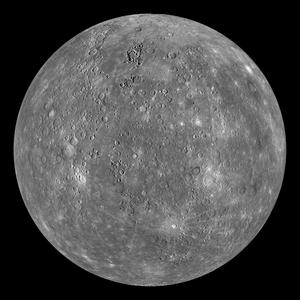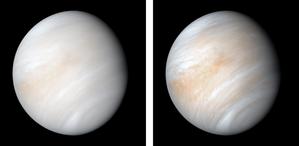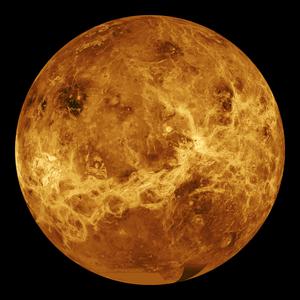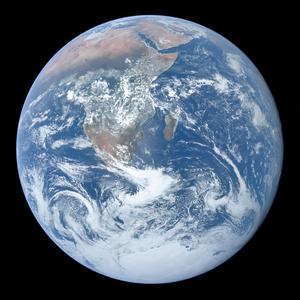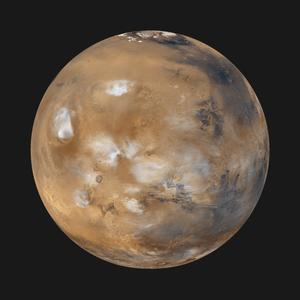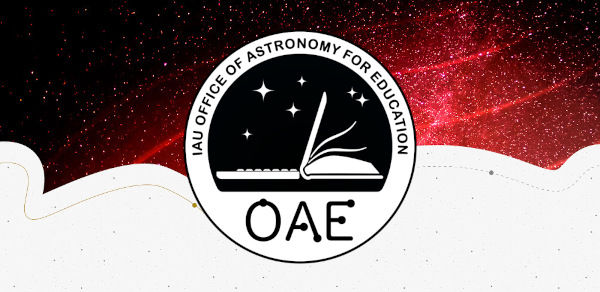Glossary term: Inner Planet
Description: In our Solar System, the inner planets are Mercury, Venus, Earth, and Mars. Their orbits are inside the asteroid belt, and all of those planets are so-called terrestrial or rocky planets, with thin atmospheres compared to the giant planets with their puffy hydrogen and helium atmospheres.
Related Terms:
See this term in other languages
Term and definition status: This term and its definition have been approved by a research astronomer and a teacher
The OAE Multilingual Glossary is a project of the IAU Office of Astronomy for Education (OAE) in collaboration with the IAU Office of Astronomy Outreach (OAO). The terms and definitions were chosen, written and reviewed by a collective effort from the OAE, the OAE Centers and Nodes, the OAE National Astronomy Education Coordinators (NAECs) and other volunteers. You can find a full list of credits here. All glossary terms and their definitions are released under a Creative Commons CC BY-4.0 license and should be credited to "IAU OAE".
Related Media
Mercury
Credit: NASA/Johns Hopkins University Applied Physics Laboratory/Carnegie Institution of Washington credit link
License: PD Public Domain icons
Venus in visible light
Credit: NASA/JPL-Caltech credit link
License: PD Public Domain icons
Venus' surface
Credit: NASA/JPL credit link
License: PD Public Domain icons
Earth as observed from Apollo 17
Credit: NASA/Apollo 17 crew/Project Apollo Archive
License: PD Public Domain icons
Mars
Credit: NASA/JPL/MSSS credit link
License: PD Public Domain icons
